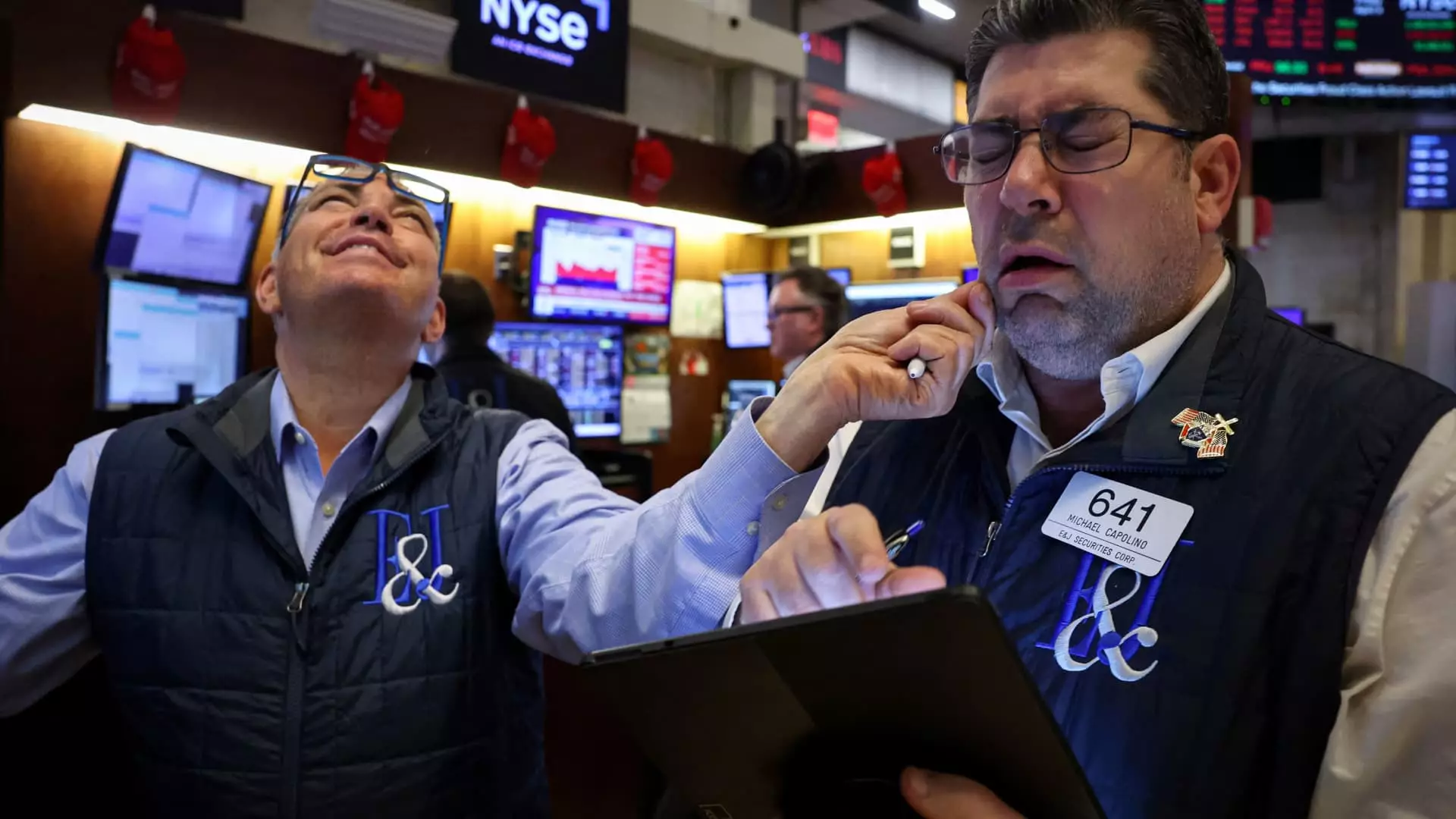In an era where economic predictability is vital for growth and stability, former President Donald Trump’s aggressive tariffs have plunged the U.S. economy into tumultuous waters. What was once thought to be a manageable setback has morphed into a catastrophic miscalculation that could reshape global trade. The stakes are enormous, and the ramifications are being felt across financial markets, consumer prices, and international relations. This turn of events speaks not just to economic theory but highlights a perverse manipulation of policy that has shocked even seasoned investors.
An Instinct for Protectionism
Trump’s initial vision was to recalibrate America’s reliance on foreign goods and channels, striving to restore jobs and augment domestic production. However, the execution revealed a startling lack of strategic depth. Following a hastily organized announcement, the administration introduced a sweeping 10% tariff on all trading partners, inadvertently setting up an economic domino effect that no one had foreseen. This clumsy maneuver has now forced high tariff rates higher than they’ve been in over a century. The reaction from the global community was swift and brutal, with China inflicting retaliatory tariffs of up to 34%, and other allied nations contemplating their countermeasures.
Such an approach is reminiscent of historical blunders—most notably, the Smoot-Hawley Tariff of 1930, which many economists argue deepened the Great Depression. By opting for a confrontation rather than conversation, Trump not only failed to protect American interests but has inadvertently galvanized opposition among key trading allies.
Market Panic: The Immediate Impact
When the announcement reverberated through Wall Street, the reaction was predictably volatile. The markets recoiled sharply, resulting in a spectacular decline that saw the Nasdaq plunge into bear market territory. This sell-off, amounting to a staggering loss exceeding $6 trillion in a matter of days, reverberated beyond numbers—it exhibited the paralysis of investor confidence in an unpredictable landscape. How can one accurately gauge future earnings when economic policies remain erratic and undisciplined?
In moments of panic, investors often flee to safer havens, which explains the dash toward bonds. The immediate aftermath of these tariffs has bred an atmosphere of uncertainty that is detrimental to both consumer sentiment and corporate confidence. With inflation pressures mounting, there’s legitimate concern among economists that these actions could precipitate a broader economic crisis—not merely a brief downturn, but a fundamental reshaping of the playing field for years to come.
Analytical Complexity: Miscalculations and Mismanagement
Critiques of the tariff framework have emerged, particularly pointing to the flawed methodology used to devise these tariffs. The administration’s calculations were essentially a clumsy arithmetic exercise of dividing trade deficits without deeper nuance. Economists have labeled it a form of “rough justice,” damaging relationships with those trading partners that rely on mutual gain while punishing them disproportionately based on imbalanced figures.
The economic fallout from this simplistic calculus is twofold—first, it alienates potential allies and trading partners, inviting retaliation rather than cooperation. Second, it threatens to undermine the fundamental principles of trade that have historically benefited the U.S. economy. Rather than usher in an era of fair competition and mutual advantage, these tariffs may serve as a brake on progress, closing off avenues for collaboration that could bolster growth both domestically and globally.
Unfinished Business: Future Prospects and Ongoing Negotiations
Despite the immediate chaos, there are glimmers of potential negotiation. Trump boasted that discussions with foreign leaders, including Vietnam’s communist party leader, may yield favorable terms. Yet, such one-off diplomatic engagements appear more reactive than part of a cohesive strategy. The perception remains that these efforts are mere band-aids on a festering wound rather than a long-term, sustainable approach to international trade.
The irony lies in the possibility that these developments might ultimately require an extensive reengineering of the American economy. With consumer spending accounting for a staggering 68% of economic activity in 2024, the reality is that U.S. consumers may end up as collateral damage in this trade war, facing higher prices and reduced access to diverse products.
Trump’s staunch insistence on adhering to his protectionist stance illustrates a disconnect—the conviction may resonate with his base, but the fallout terrifies the broader market. This disconnect highlights a worrying prospect: could populist ideologies and unyielding policies ultimately be the detour that derails the American economic engine? The repercussions of these tariff decisions are still unfolding, but one thing is clear—America is facing a highly precarious moment in its economic history.



Leave a Reply